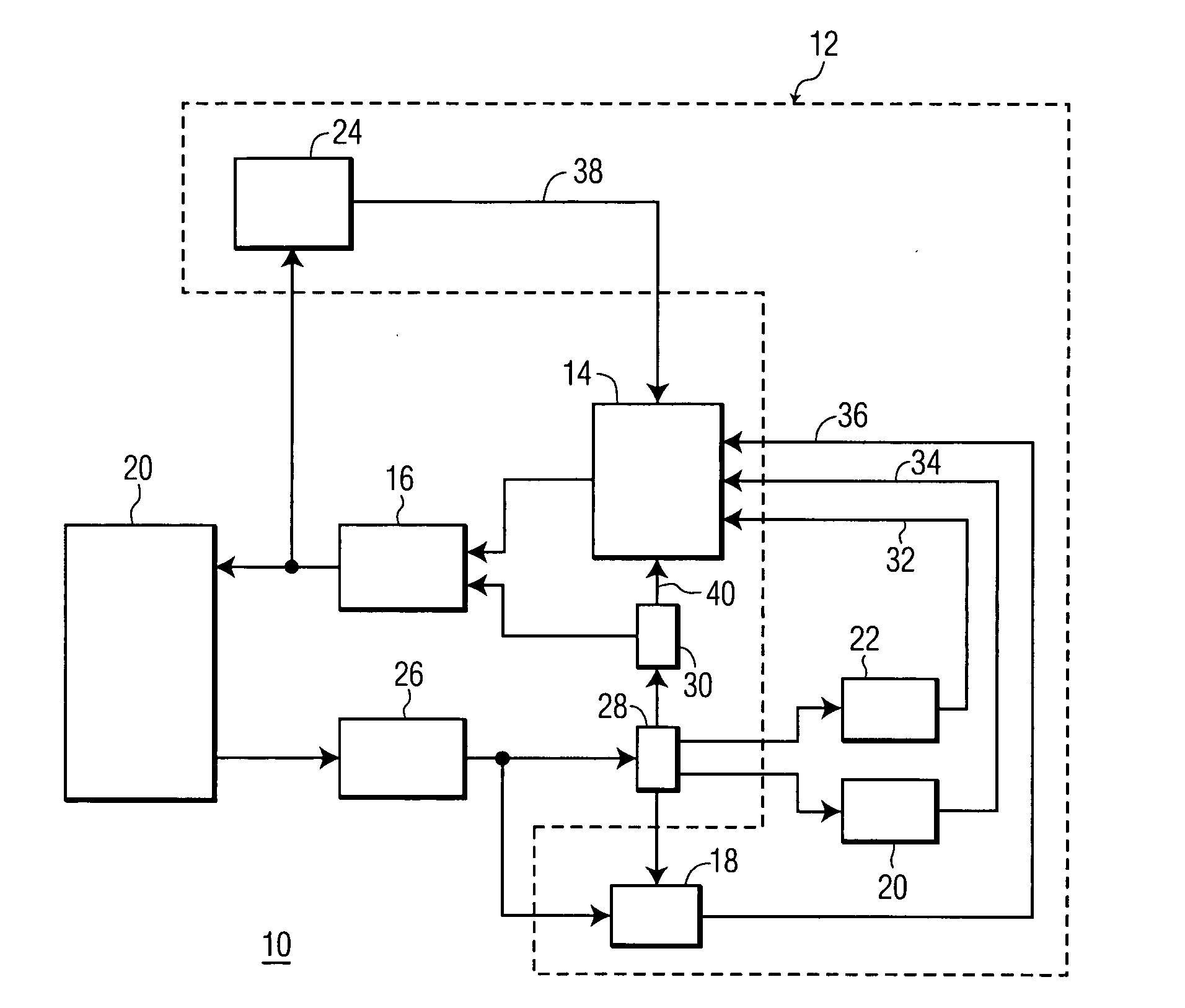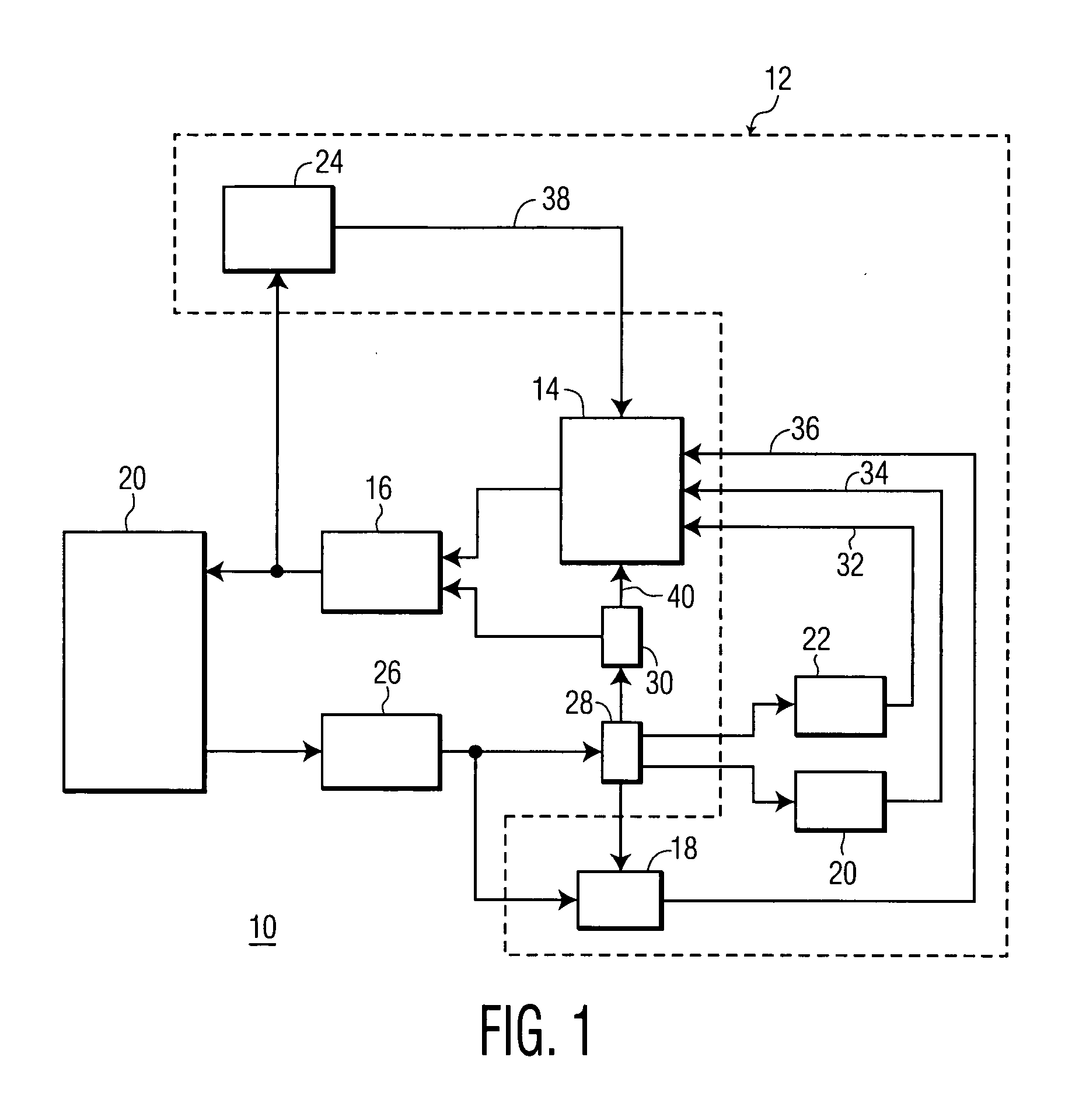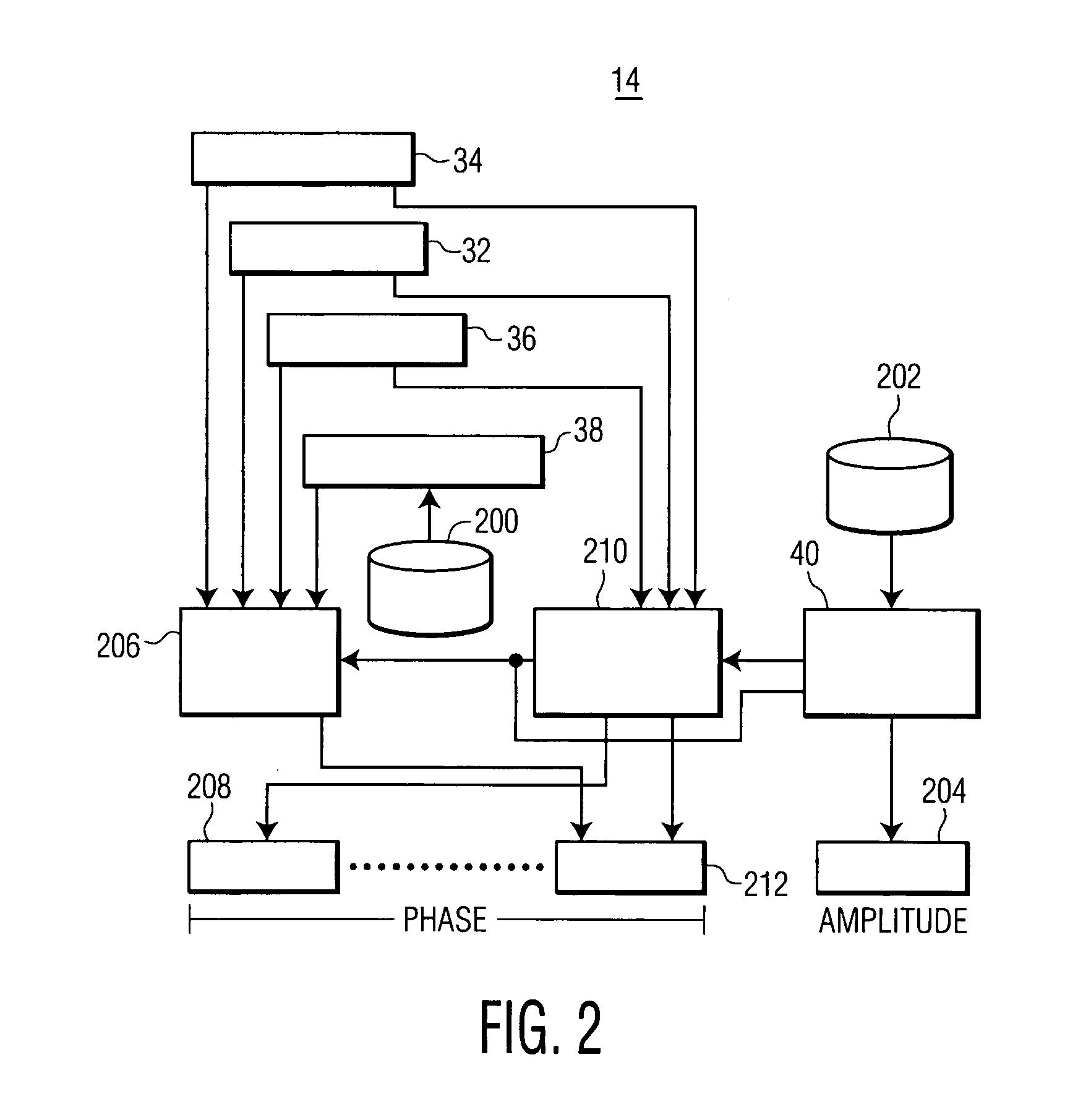Methods and apparatuses for transmission power control in a wireless communication system
a wireless communication system and transmission power technology, applied in the direction of electrical equipment, power management, and receiving devices, can solve the problems of system designers, transmission power consumes a large part of the battery capacity of a wireless device, and transmission power provides a limit to the number of devices
- Summary
- Abstract
- Description
- Claims
- Application Information
AI Technical Summary
Problems solved by technology
Method used
Image
Examples
Embodiment Construction
[0016] Embodiments of the invention include apparatuses, methods and articles of manufacture adapted for transmission power control in a wireless communication system. As will be described further below, the invention regulates the output transmission power of a wireless terminal utilizing any of a variety of measures, including estimation from previous transmission power level information. As such, the invention is suitable for regulating the output transmission power level of a wireless terminal in a wireless communication system operating in a “real world” environment.
[0017] Before describing the invention in detail, certain terms should be defined for a more complete understanding of this description. As used herein, the term “signal” should be understood to include an electromagnetic wave capable of having intelligence impressed thereon. It should be further understood that a signal may include one or more signals such as, for example, when a device transmits a plurality of re...
PUM
 Login to View More
Login to View More Abstract
Description
Claims
Application Information
 Login to View More
Login to View More - R&D
- Intellectual Property
- Life Sciences
- Materials
- Tech Scout
- Unparalleled Data Quality
- Higher Quality Content
- 60% Fewer Hallucinations
Browse by: Latest US Patents, China's latest patents, Technical Efficacy Thesaurus, Application Domain, Technology Topic, Popular Technical Reports.
© 2025 PatSnap. All rights reserved.Legal|Privacy policy|Modern Slavery Act Transparency Statement|Sitemap|About US| Contact US: help@patsnap.com



